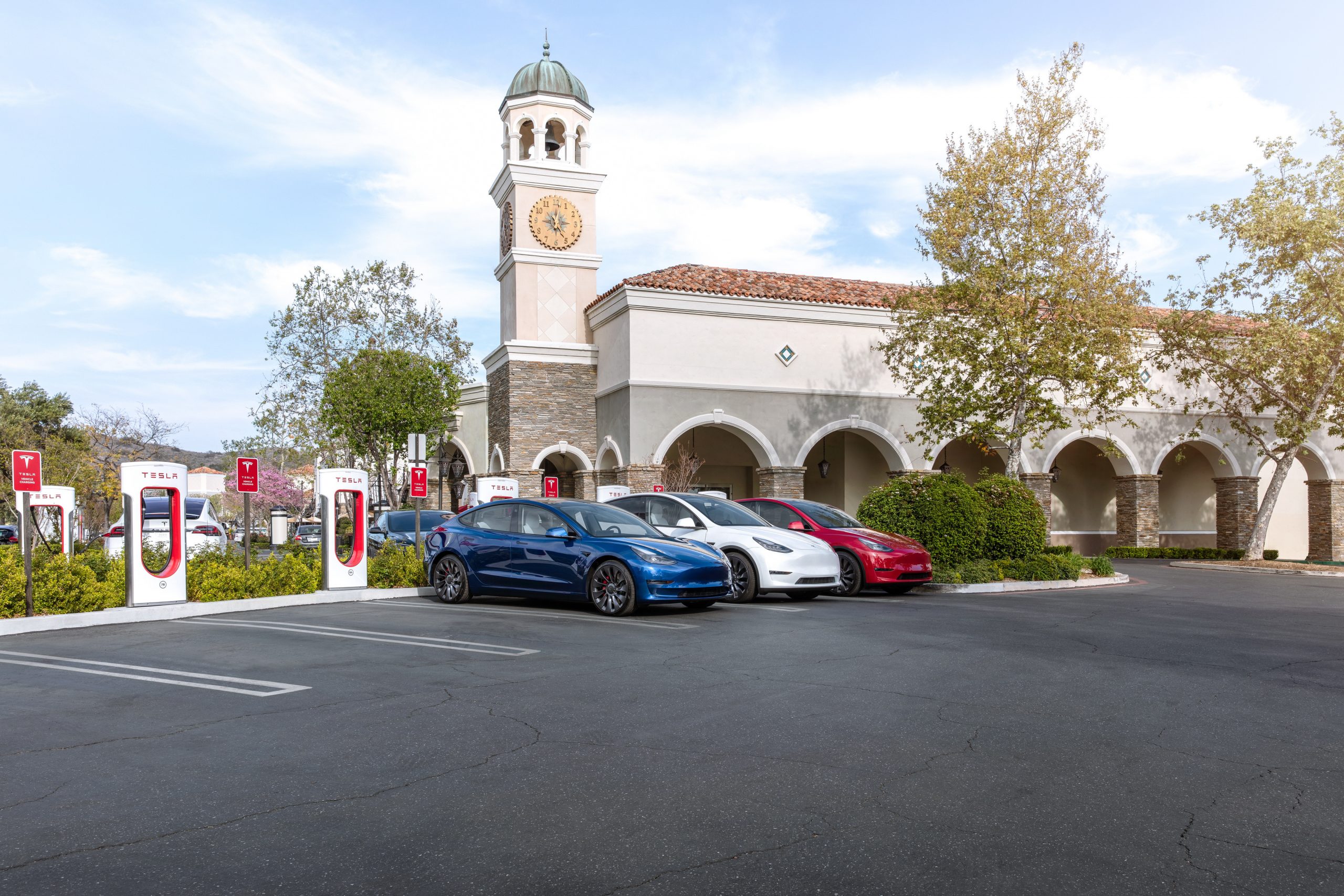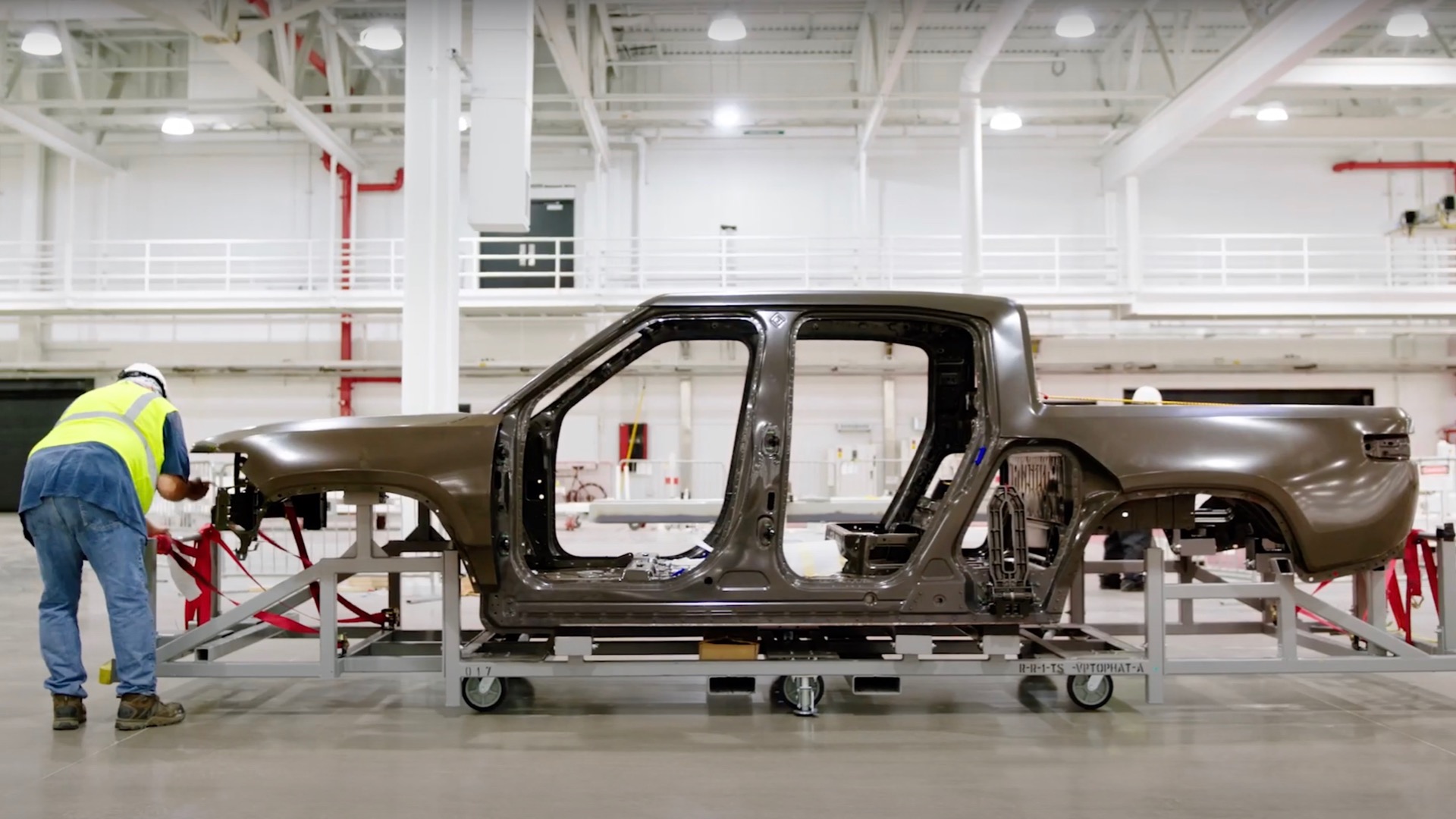All BEV companies and programs within legacy OEMs should expand as fast as possible. How fast we transition matters to the climate crisis. Rivian has $~12B burning in their pockets.
There is ZERO % chance Tesla ends up with 100% of the automotive market. Or the renewable energy market. CATL,LG Energy Solutions, Samsung SDI, SKI et al need to expand their battery capacity ASAP.
I agree that Tesla will not control any market, though they could end up being the biggest player in the automotive market in another 10 years or so. The new Volkswagen or Toyota. The renewable energy market is crowded with players and Tesla doesn't stand out there like they do with cars.
The two key factors that can be bottlenecks to transition to electric vehicles are consumer demand and supply, especially battery supply. They are roughly about equally restricting the market right now. Consumer demand has two factors, there are the deliberate troglodytes who prefer ICE for one reason or another and then there are those who might convert if they understood the advantages, but they don't really care enough to understand. I know some people who are ultra green in every other aspect of their lives who won't buy a BEV because they don't want to figure out how the new technology.
The former group are actively hostile to electric vehicles. The latter will come around if educated, but the key is figuring out how to educate them.
Other factors to converting is going to require government money. Charging infrastructure in areas with a lot of renters needs to be expanded and in the poorest neighborhoods the problems with vandalism need to be addressed. Higher end condos and apartments are being electrified now, but the cheaper apartments need to be electrified too. Places where the only parking is on the street will need to have charging infrastructure put in too.
Lastly the poor are not going to be able to afford new cars. The poor that can afford a car usually have the cheapest thing they can find, which are going to be ICE for a very long time to come unless government money is thrown at the problem. The average age of a car on US roads is 12 years. That means half the cars are older than 12 years. With natural attrition it's going to be a few decades before those cars are off the road. And the oldest cars are usually the most polluting.







